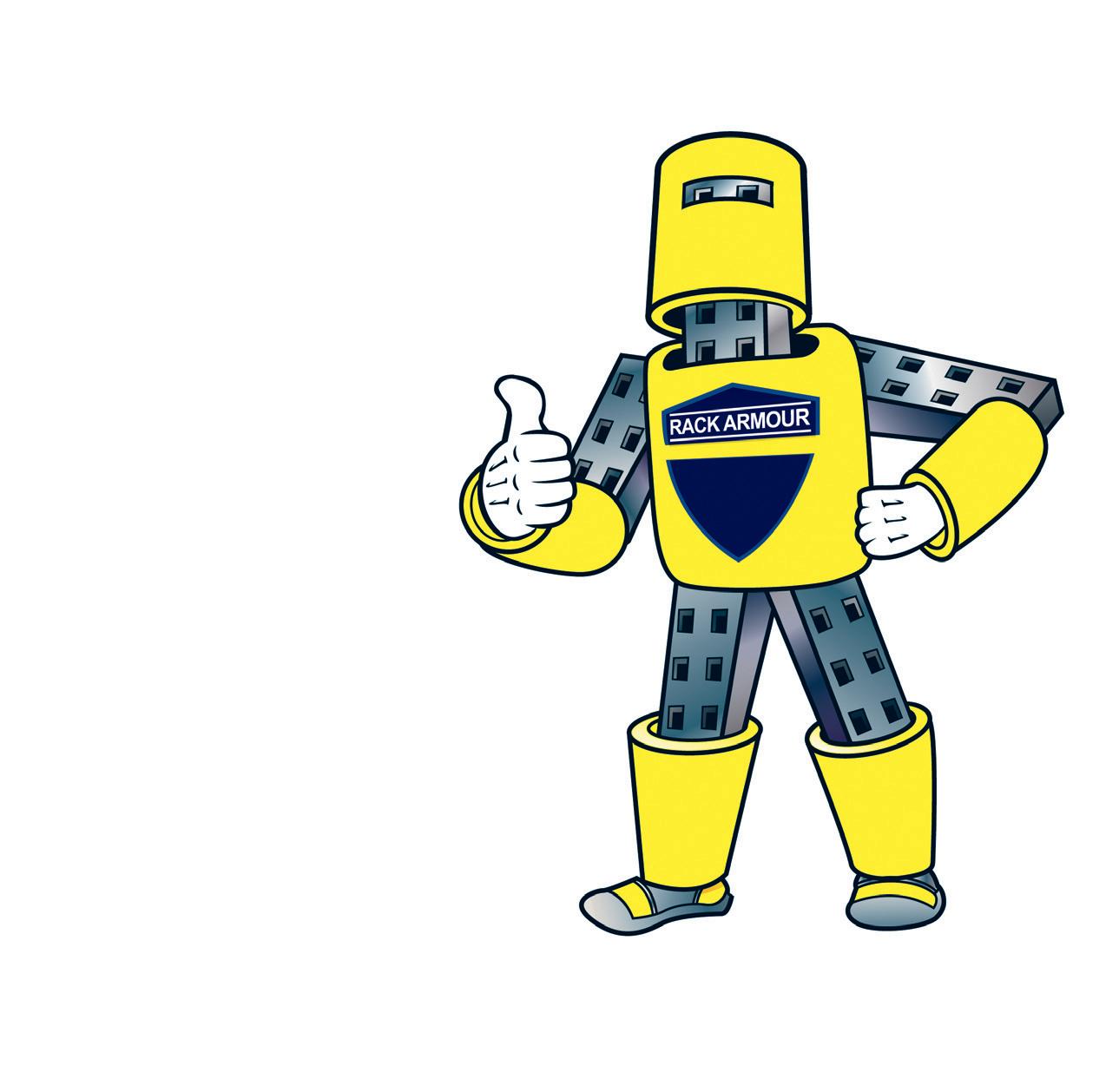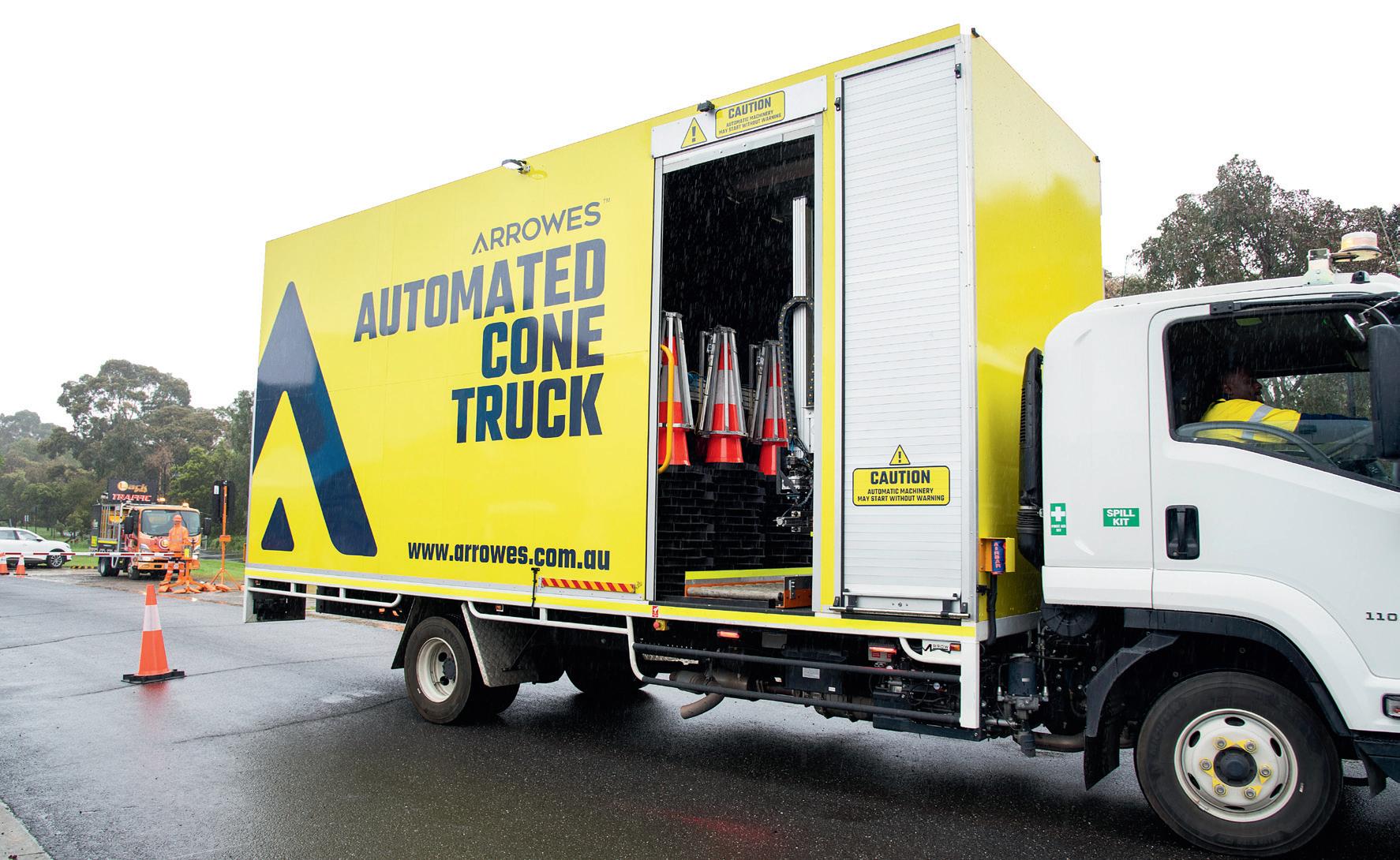
13 minute read
IN THE NEWS
AUTOMATED TRAFFIC CONE-LAYING TRUCK LAUNCHED TO SAVE ROAD WORKER LIVES
A technologically advanced automated traffic cone truck has been unveiled in Melbourne after two years of real-world testing to prove its safety credentials. The truck’s inventor, Arrowes, joined with key stakeholders, including the Victorian Government and infrastructure construction companies, to launch the truck at Holmesglen Institute’s Victorian Tunnelling Centre which is training road construction workers to operate the new truck.
Arrowes CEO Lea Ea said the Automated Cone Truck (ACT) features a lot of ‘smarts’ and mechatronics that automatically place and retrieve traffic cones to ensure workers are not exposed to the risk of traffic. “The ACT will revolutionise the industry and is set to become the new norm for safe and efficient cone deployment and retrieval both in Australia and internationally. It will rewrite health and safety and operation standards around roading worksites and mean that workers return home safely every day to their family and friends,” Ea said.
Road construction and maintenance workers are reportedly among the most likely to be involved in a workplace accident in Australia. Research by Safe Work Australia revealed that 63% of fatalities on worksites were caused by being hit by moving vehicles. The ACT, which is designed and manufactured in Australia, has been recognised for its innovation, named as a finalist in a Major Transport Infrastructure Authority infrastructure safety technology award, after being nominated by Major Road Projects Victoria.
The prototype truck was unveiled to the industry in October 2020, followed by two years of trials on various projects, including the M80 Ring Road upgrade in Melbourne. The feedback from the trials has been incorporated into the commercial design which has now been released. “The innovation meets a global need and application and confirms Arrowes as Australia’s premier innovator in roading safety,” Ea said.
Several years ago, Arrowes employed a group of young engineering graduates from the Queensland University of Technology and University of Queensland to work alongside Arrowes senior engineers on automating the placement of traffic cones to reduce risks associated with placement and retrieval of cones, to make the process safe and efficient. The ACT can deploy one cone per five seconds and can be placed at 3–24 metres spacing. For example, when deployed with 12 m cone spacing, the ACT can deploy cones at 8 km/h or at 24 m spacing at 16 km/h.
The ACT can also retrieve cones from both sides of the vehicle while driving forward or reversing. With a capacity of 400 cones, the ACT is equipped to close over nine kilometres without stopping. “The goal of the ACT is to improve safety and in doing so, naturally it will also improve productivity. One kilometre of lane closure takes the ACT around seven minutes and it does this without exposing traffic workers to hazards,’’ Ea said.
Infrastructure construction roadworks supplier Fulton Hogan endorsed the ACT and said Arrowes is a technology leader and innovator. Thomas Holdaway of Fulton Hogan said that Fulton Hogan has embedded safety and risk management deeply in its company culture, adding that overall sustainability supported by a zero-harm safety culture is the only way to do business.
“Arrowes knows and understands the importance of safety in the roading industry; the risks associated with working in live traffic and in high-speed environments,” said Doug Talbott, Project Director of international engineering and construction company Laing O’Rourke.
Call For Enhanced Safety For Concrete Pours
Acting Head of SafeWork NSW John Tansey has called for concreters to implement regular inspections, maintenance and testing of equipment into their routines, after a spate of recent concrete placing equipment incidents. Between 2017 and 2020, inspectors from SafeWork NSW attended approximately 60 incidents, including one fatality, and a further 17 involving serious injuries, many of which were caused by malfunctioning concrete placement equipment. Tansey said that concrete pours are hazardous operations and concrete placing equipment such as concrete pumps must always be serviced and functioning properly before any work starts.
“Recently there have been multiple occurrences of workers being injured by concrete line hose which has either blocked or burst and expelled concrete at significant force, as well as equipment impacting with powerlines, scaffolding and other infrastructure,” Tansey said.
A concrete pump connection point burst during a recent pour at a site in Wagga due to a blockage, spraying a member of the public’s car with concrete as they drove past the site. In a separate incident at Greystanes, a boom pump extension arm struck overhead powerlines and caused an arc explosion and current which travelled along a boundary fence and blew a neighbouring property’s water main.
Workers are urged to verify if the terrain is suitable for concrete placing equipment operations and note hazards such as overhead powerlines and recent instances of trenching. “Always ensure you have safe work systems in place and that anyone performing highrisk work is adequately licensed, trained and supervised when doing so,” Tansey said.
Union Steps In To Ban Engineered Stone
In an extremely rare form of industrial action, the CFMEU has said it will ban the use of engineered stone if the federal government fails to do so. CFMEU ACT Secretary Zach Smith, who is set to take over as national secretary in 2023, will launch the Stop This Killer Stone campaign at the union’s national conference. The campaign urges the federal government to ban engineered stone products by July 2024. Smith will move a resolution at conference for CFMEU members to:
• Ban the use of engineered stone from 1 July 2024.
• Ban the importation and manufacture of engineered stone products from 1 July 2024.
This form of industrial action has not been seen since building and construction unions banned asbestos decades ago. Modelling
$2 MILLION FINE AFTER DEATH OF TEEN APPRENTICE
A company has been fined $2 million after an 18-year-old formworker was killed by collapsed scaffolding at a Sydney construction site in 2019.

Synergy Scaffolding Services Pty Ltd pleaded guilty in the NSW District Court to an offence contrary to section 31 of the Work Health and Safety Act 2011 for breaching its health and safety duty, and exposing workers to the risk of injury or death.
Christopher Cassaniti became trapped under the scaffolding which had become overloaded with building materials when it collapsed, and he was crushed to death. His colleague Khaled Wehbe also suffered serious crush injuries.
The court heard that the collapse of the scaffold was “caused by a culmination of events”, including unauthorised removal of building ties. It also heard that the risk the scaffold could collapse if it was improperly constructed, inadequately maintained or overloaded was known to Synergy Scaffolding Services. It was found that the company had constructed the scaffold without vertical bracing, in contravention of its own design and that of the Australian Standard.
The maximum penalty for the offence was $3 million.
by Curtin University estimates that 10,000 workers in Australia across all sectors will develop lung cancer, and up to 103,000 will be diagnosed with silicosis as a result of their current exposure to silica dust at work.
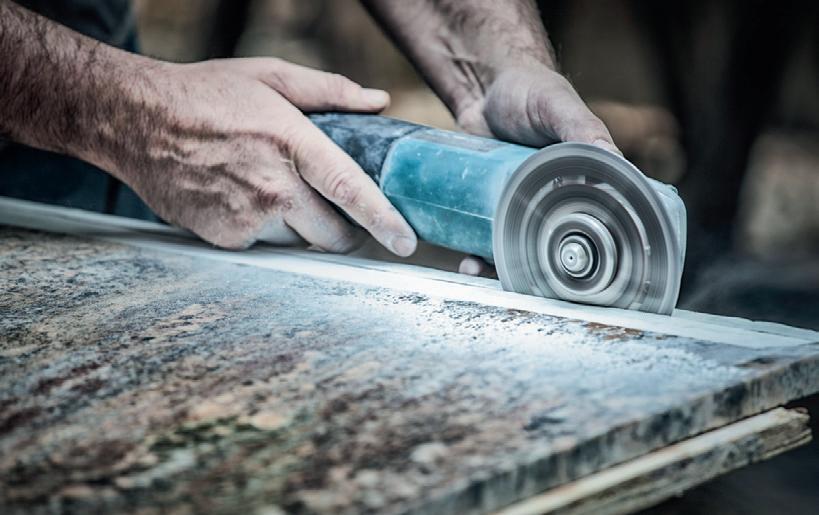
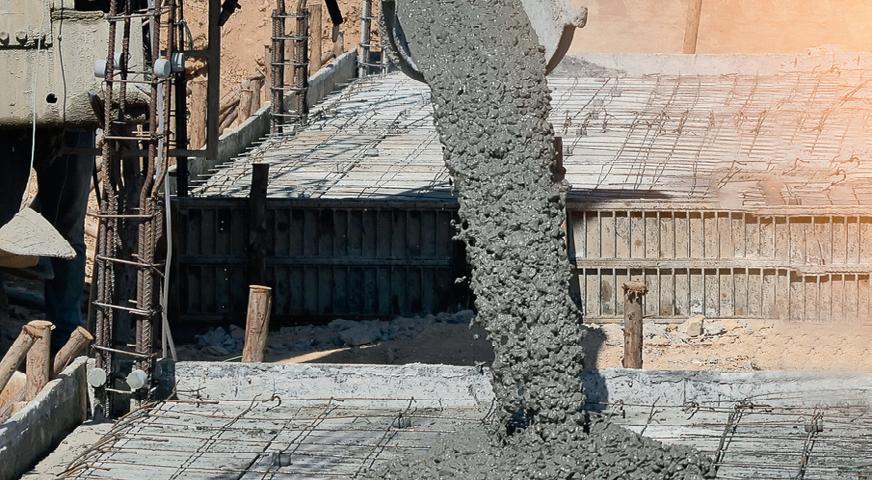
“Australian workers will keep dying unless we ban engineered stone,” Smith said.
“Engineered stone is the asbestos of the 2020s. That’s exactly why we’re taking this extremely rare step of flagging a ban on CFMEU members working with this killer stone. Australia has one of the world’s most voracious cheap benchtop habits and it could claim thousands of lives unless we quit. In NSW alone, almost one in four engineered stone workers who’ve been in the industry since 2018 were suffering from silicosis or another dust-related disease. If the federal government doesn’t ban killer stone, the CFMEU will.”
USING HIGH-TECH FLEET INNOVATIONS TO IMPROVE DRIVER SAFETY
AJBM Logistics truck was driving down an empty country road in regional Australia, when a kangaroo suddenly jumped into its path and collided with the vehicle.
Thanks to advancements in fleet technology, the company’s managing director received a notification of the incident via an integrated video solution within minutes, and was able to immediately check on the driver’s wellbeing.
This type of occurrence common for companies with a fleet demonstrates the effectiveness and importance of using fleet technologies to improve safety and driving conditions. Drivers often face unpredictable conditions and potentially hazardous situations while working on tight deadlines.
The latest figures by Safe Work Australia show that the economic value of reducing the number of work-related injuries and illnesses between 2008 and 2018 would have saved employers a staggering AU$49.5 billion in overheads, with associated health expenditure totalling AU$37.6 billion. Over that period, the loss to Australia’s overall economic output equated to losing 2.2 million full-time employees.
New fleet technologies have made it easier to assess the safety of drivers and improve the day-to-day operations of a company, ensuring they have adopted safe practices and are encouraging good driving from fleet operators.
Using connected fleet technologies to access realtime data
What isn’t measured, cannot be managed. Telematics is the combination of telecommunications and informatics, using small hardware devices on vehicles to collect operations data in real time.
Businesses with fleets have been using telematics for a number of years to keep track of their vehicles and reduce the theft and misuse of company cars. But huge improvements in technology have facilitated telematics that deliver much more than just GPS coordinates instead creating a fully connected vehicle, assisting with everything from route optimisation to helping a driver quickly adapt to an unpredictable situation.
According to Boston Consulting Group, connected vehicles will make up 53% of all road traffic by 2025, and 77% of all traffic by 2030. Fleets using connected technologies will have up-to-date data from traffic light sensors, GPS route mapping and other connected technologies to make informed decisions.
Encouraging good driving
Fleet management technologies are being used to actively monitor driver fatigue and other health issues, raise awareness of potentially dangerous driving and promote safe behaviour by fleet drivers.
According to the International Transport Forum, it’s estimated that excessive speed is a factor in about one-third of all fatal crashes in Australia, and this figure is likely underestimated.
Connected technologies can include features that send fleet managers near-instant alerts about the speed at which a driver is going, helping to ensure they are not speeding or driving dangerously.
A broad awareness of the real-time data collection and monitoring can cultivate a culture of safety and reassurance for drivers, rewarding good behaviour and raising safety across the board.
Coaching good behaviour
New technologies can play an important role in assisting managers in coaching drivers in safe practices.
The huge amounts of data collected through connected vehicles and the use of artificial intelligence to parse through footage allows for far more effective monitoring and training of drivers.
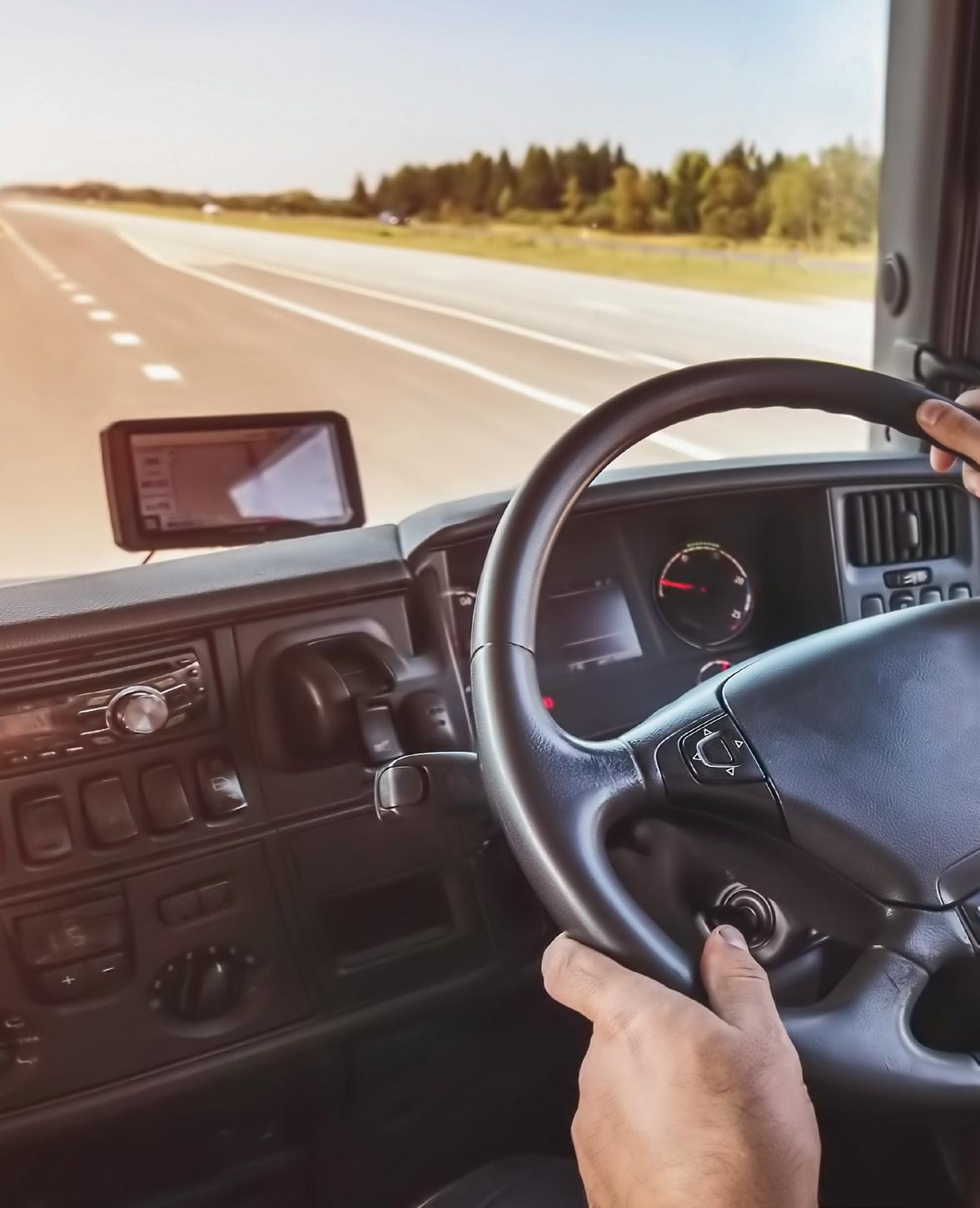
This also facilitates the analysis of longer-term behaviours of drivers and for comparisons to be made with other fleet drivers. This helps to incentivise good behaviour and safe driving.
There is also an emerging use of driverfacing cameras, which capture the in-cab perspective to assist with training.
Ensuring vehicles are running smoothly
Connected technologies can provide deep insights into the health of a vehicle and ensure any potentially dangerous defects are detected as early as possible.
This data can assist in identifying when a vehicle needs a service, saving potentially huge amounts of money, and dangerous incidents for drivers.
In the longer term, once connected technologies become commonplace on roads around the country, overall safety conditions will be greatly improved for all drivers on the road, for the benefit of all road users.
Using telematics can set a fleet-based business apart from the pack. A recent Isuzu Future of Trucking report found that less than a third of Australian businesses are using data to manage their fleets more effectively.
Real-time incident response
A fleet management platform that features integrated video through telematics can mitigate the risk of accidents and assist with a quick response in the event of an incident.
As seen with the kangaroo incident, this allows fleet managers to view specified video snippets of accidents just moments after they happen, and to be alerted of an accident as soon as possible to assess the safety of a driver.
Artificial intelligence is also being incorporated to analyse footage and classify it based on its level of dangerousness and its underlying cause, saving businesses time and money.
Another example of this was when a customer’s brand new truck was scraped by another truck at a roundabout. Thanks to the AI system and telematics on the truck, the fleet manager was sent a video of the incident within minutes of being notified. This allowed the company to check on the health and safety of its driver as soon as possible. And having this video on hand so quickly helped the company to avoid a lengthy insurance claim for the new truck.
Technology should be embraced as a tool to improve driver safety, and telematics and other innovations present a safe and effective step forward.
These should be key safety instruments for any company with a fleet, and seen as ways to mitigate the significant risks of dangerous driving, unpredictable road conditions, congestion, fatigue and faulty vehicles.
Safety should be a top priority for all businesses, and this is especially important for those with a fleet, no matter what size. Verizon Connect Australia Pty Ltd www.verizonconnect.com.au
Safety footwear
KAMU safety footwear harnesses the performance capabilities of BASF Infinergy, often used in high-performance running shoes.
The safety footwear is engineered with a four-layer, tripledensity sole construction and features technologies such as washable OrthoLite comfort footbeds; breathable waterproof Sympatex or COOLMAX lining with antimicrobial properties; abrasion-resistant Cordura collars; as well as a lace-less closure system on several models.

There are 18 models designed for the differing foot anatomies of women and men to provide improved safety and performance in a broad variety of jobs.
According to the company, incorporating Infinergy into the midsoles offers up to 57% energy return with every step. This means that workers won’t feel fatigued as quickly and can stay focused for longer.
Kamu www.kamusafety.com.au
Custom-printed tags

Cirlock has released a range of custom-printed tags that are printed on durable poly material with a long outdoor lifespan or available as economic cardboard tags.
Cirlock supplies the tags in any quantity, with a fast turnaround of five days or less on smaller runs. Quantities of 200 custom tags or less can be accommodated, there is no minimum order, although a minimum charge may be applied.
The tags can be customised and are available with or without eyelet/string. The custom-printed tags are manufactured in Australia, by Cirlock.
Cirlock www.cirlock.com.au
Breathalyser range
The Alcolizer Breathalyser range is suitable for small companies through to large mining sites, to carry out on-site alcohol breath testing. With their easy-to-use menu screens, this Australian-made range of breathalysers includes the HH3 Breathalyser (an entry-level industrial alcohol breathalyser), the HH4 Breathalyser (an advanced industry handheld alcohol tester) and the LE5 Breathalyser (a law enforcement-grade handheld alcohol tester).
Along with handheld breathalysers, a wall-mounted range is also available that is suitable for large organisations that require high-speed bulk testing on a job site. Pathtech Pty Ltd www.pathtech.com.au
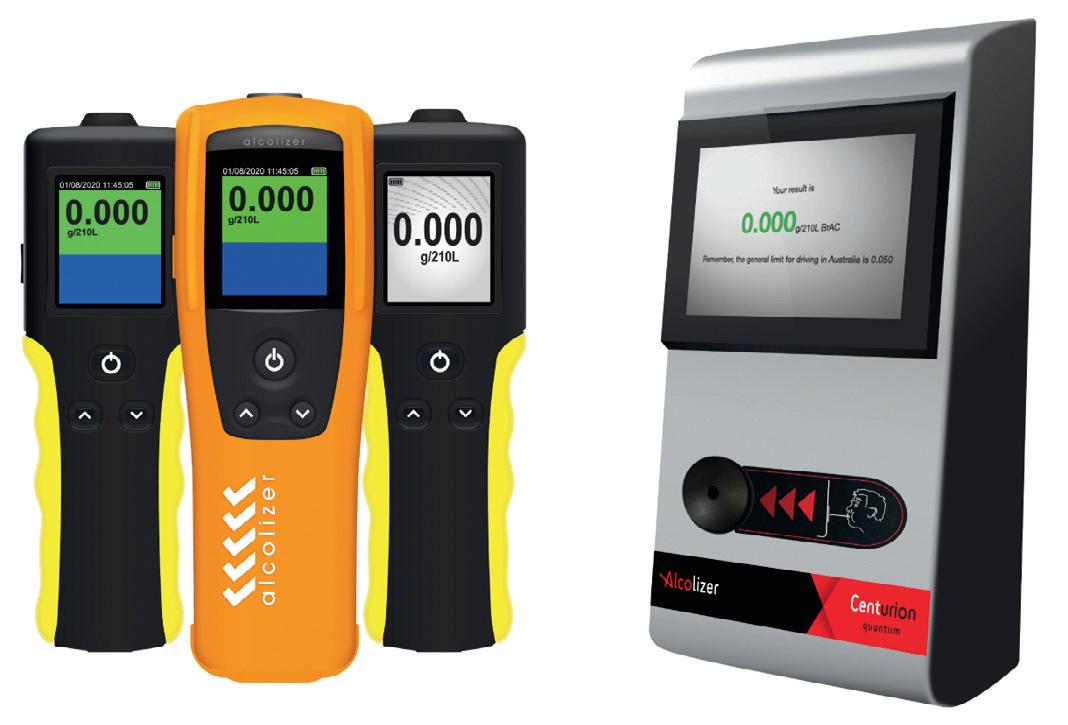
Integrated cloud-based forms solution
Digital contractor management platform LinkSafe has expanded its product offering with the launch of LinkSafe Forms, eliminating the need to use external systems. LinkSafe Forms is an integrated, cloud-based forms solution that is designed to be a flexible and easy-to-use document that captures audits and inspections as well as photo and video content.
LinkSafe aims to empower businesses to build and customise any required form, audit or checklist inside its existing contractor management system; Forms can also be used as a standalone piece of software. The new software aims to streamline and simplify the onsite data and media capturing process, giving businesses the ability to collect information with ease.
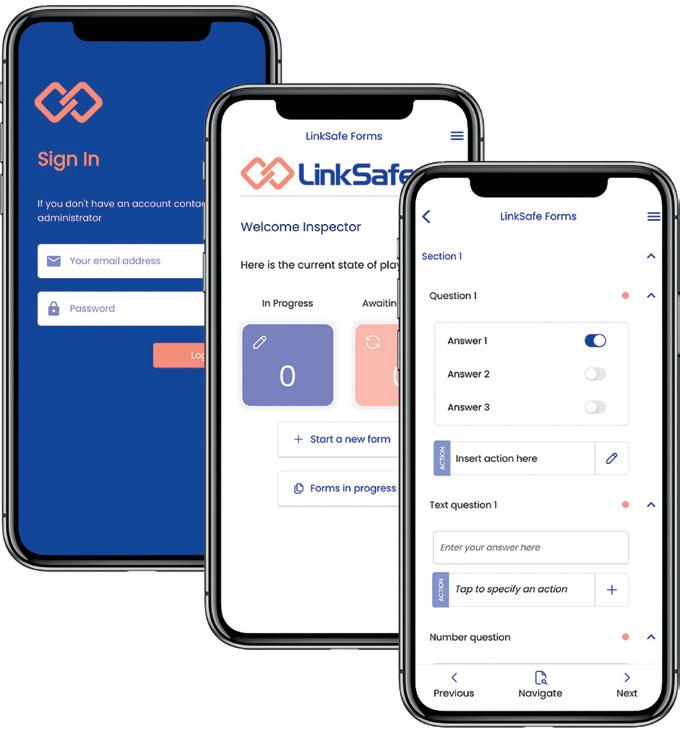
The system is fully customisable and dependency-based, so questions can be dictated by a user’s answers, without the need to scroll through a list of unrelated questions to reach the end of the form. The software also offers offline capability, priority corrective actions, version control and full functionality for phones and tablets. LinkSafe Forms pricing is scalable and dependent on specific requirements.
LinkSafe Pty Ltd www.linksafe.com.au
Wearable and mobile headset
Teledyne FLIR has launched the RealWear fully hands-free, voice-controlled thermal camera module. In addition, Thermal by FLIR cohort Ulefone has introduced its mobile handset featuring the Lepton 3.5 thermal camera module, the Power Armor 18T 5G Android phone.
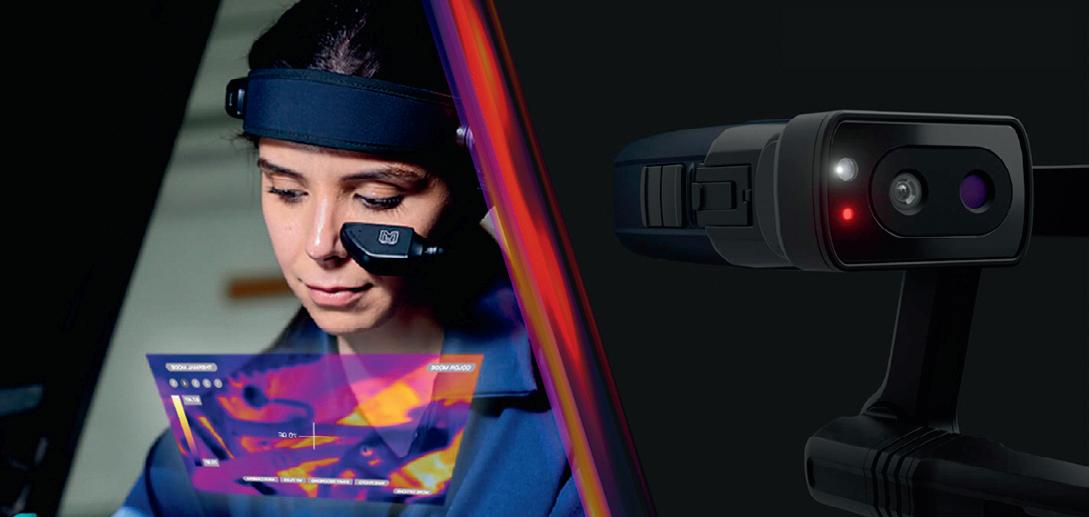
The thermal camera module for the RealWear Navigator 500 headset enables frontline workers to capture high-resolution visible and thermal images to locate temperature anomalies in missioncritical industrial equipment. Being hands-free in hazardous environments gives workers greater capacity to complete tasks safely and productively. The camera features the Lepton 3.5 thermal camera module, deployed as a wearable for assisted reality diagnostics. With the module mounted to the device, the user only needs to say voice commands — even in high noise settings up to 100 dBa — to change settings and modes and to capture thermal imagery.
The rugged Ulefone Power Armor 18T Android phone incorporates the Lepton family of small, lightweight, low-power micro thermal cameras. RealWear and Ulefone products leverage the Teledyne FLIR ecosystem, including using the patented MSX imaging capability, enhancing thermal imagery with embossed visible-light outlines, and compatibility with FLIR Thermal Studio software.
Teledyne FLIR www.flir.com.au
Safety portal
Guardian Angel Safety, an Australasian provider of lone and remote work solutions, has launched the Guardian Angel Portal to enable organisations to be more responsive to the changing safety needs of mobile workers working alone or remotely. The portal allows customers to view and manage all safety devices, data and planning for workers in real time, via an easy-to-use interface. In addition, all device monitoring, vehicle impact and rollover alerts are delivered to the portal — with an immediate response from Guardian Angel Safety if required.
The portal is designed to improve connectivity and productivity for people and assets by enabling customers to view and manage all safety devices in real time in one place, including satellite devices, smartphone apps, cell pendants, vehicle impact and rollover alerts, location-based services, and APIs. The portal also enables customers to add new devices and solutions anytime, regardless of manufacturer, as their safety needs change. In addition, within an organisation, people can be assigned to any monitored devices as required, allowing device-sharing among different teams, with an incident response tailored by device and person.
The cloud-based portal encrypts data while being sent and at rest. The portal also features policy-based permissions management, so data can only be accessed by people who are authorised to do so and within their role. The portal is designed to circumvent the emergency number process and link customers to its response software at the company’s graded monitoring stations, with trained operators to speed up the emergency response for mobile workers working alone or remotely, including sudden-onset injury or illness, road accidents, vehicle failure or other emergencies. To enable further integration, the company also provides access to an API key and sandbox testing environment to allow customers to connect their HR software to maintain their users and escalations automatically.
Guardian Angel Safety guardianangelsafety.co/
